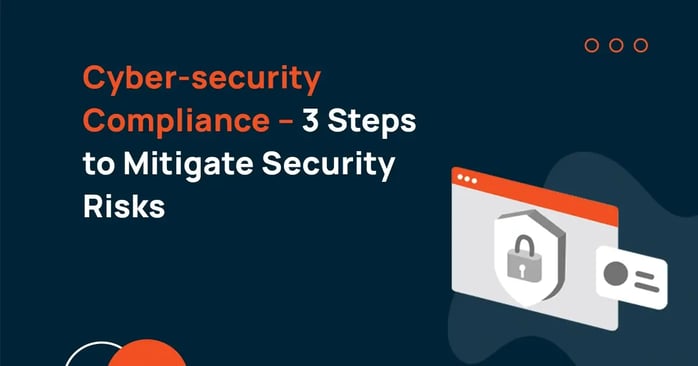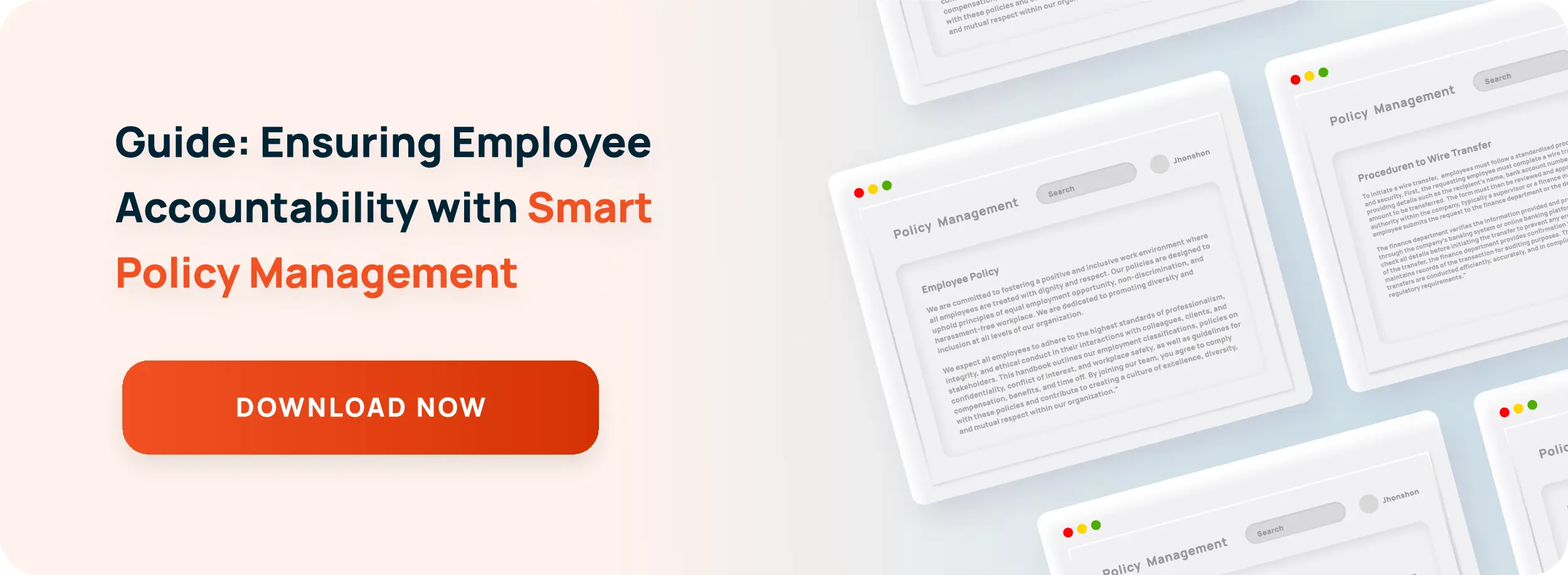Cyber-Security Compliance – 3 Steps To Mitigate Security Risks

With the rise of cyber-attacks against businesses all around the world, federal regulators are encouraging organizations to be proactive in the way they prepare for them. Generally, IT departments are in charge of implementing security measures to mitigate the risks of a cyber-attack and to protect valuable data. There are some compliance and policy management processes to prevent the data breach. However, the compliance implications of a security breach can be enormous for an unprepared organization, especially if IT or Operations are unaware of possible federal or industry regulations.
Cyber-attacks, like Distributed Denial of Service (DDoS) attacks, cost organizations incredible amounts of resources the longer the downtime or breach. Regulations and government bodies like ISO27000, PCI DSS, FISMA, SOX and GLBA are requiring stronger risk assessment, network security, and encryption standards to be implemented as to reduce the possibility of a security breach and leaving the organization vulnerable. Failure to abide by these standards can not only place the organization at a greater risk of experiencing a cyber-attack, but also penalize compliance departments for lack of proper policies and procedures to prevent such an instance from occurring.
Simply put, cyber-attacks are not slowing down and your organization must be prepared. What are a few steps your compliance department can take to mitigate security risks? Can they create a stronger bridge between the IT and compliance departments?
Educate Your IT Department on Compliance
Your IT department has measures in place to prevent a security breach from occurring. Their expertise and programs may have been built from knowledge gained by a previous cyber-attack, or general best practices from across the industry. However, their security programs may not implement compliance best practices, as they may not be as familiar as your compliance department is when it comes to regulatory compliance.
Informing and educating your IT team about new industry regulations that impact the overall organization is critical. For their security programs to be up-to-date, your IT team needs to understand the technical limitations of their programs and whether new advancements need to be made. A stronger collaboration between compliance and IT creates a robust cyber-security ecosystem to protect sensitive information and data.
Develop a Compliance Risk Assessment Program
Risk assessment programs are performed across every major department in an organization, including compliance. Risk mitigation plans help highlight potential problem-areas in your organization and helps you take a proactive stance at preventing them from materializing. Identifying security vulnerabilities in collaboration with your IT team will dictate where compliance can be strengthened. Confidential information including customer data, technology infrastructure, banking information, business partners, and unannounced deals need to be protected from external forces and accounted for in a risk management program. A breach or leak of this type of information can incur compliance penalties from the SEC or another similar regulatory body.
Update Your Policies and Procedures in Cyber-Security
Thorough risk assessment programs allow your compliance department to modify certain policies and procedures or create entirely new ones. Many regulatory bodies are asking compliance officials to provide them with more details on how their policies and procedures perform in regards to their installed security programs. Policy management software, like the one offered by ConvergePoint, is imperative for compliance departments to leverage in cyber-security.
Implementing roles-based access policies highlights which employees oversee a security program and who is able to view sensitive information. Security protocols and policies should be handled in a policy management system, along with all pertinent security documentation, so regulators can efficiently view in the case of an audit. Consistent monitoring of security procedures, including surveillance and detection measures, can be easily outlined in a policy management system as well. Additionally, policies and procedures in place to test the effectiveness of a security program, policy acknowledgement quizzes, and appropriate employee training courses improve internal compliance efforts and helps your organization abide by government regulations.
Talk to a compliance specialist today to learn how our Policy Management expertise can be applied to your business by scheduling a demo now.
Related Article: Yahoo’s Data Breach – 3 Must Have Compliance and Policy Management Processes

